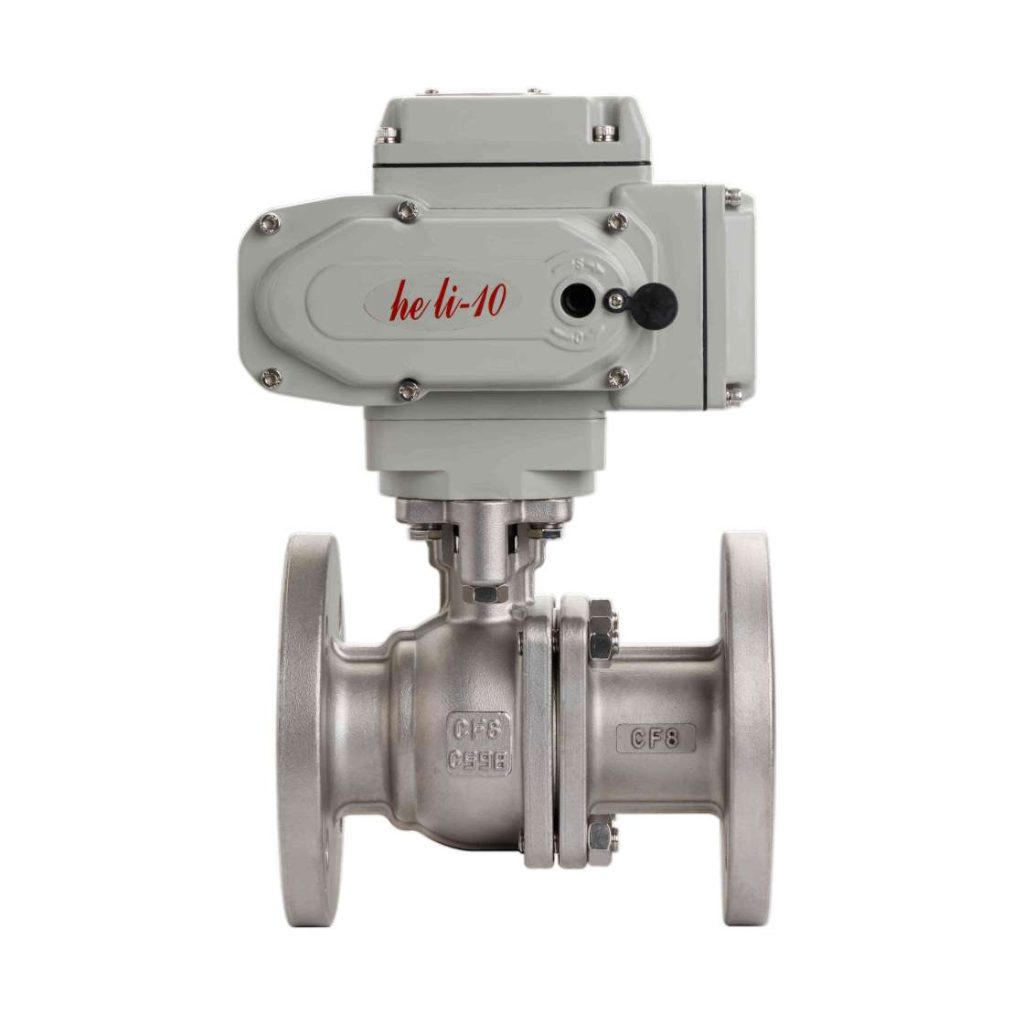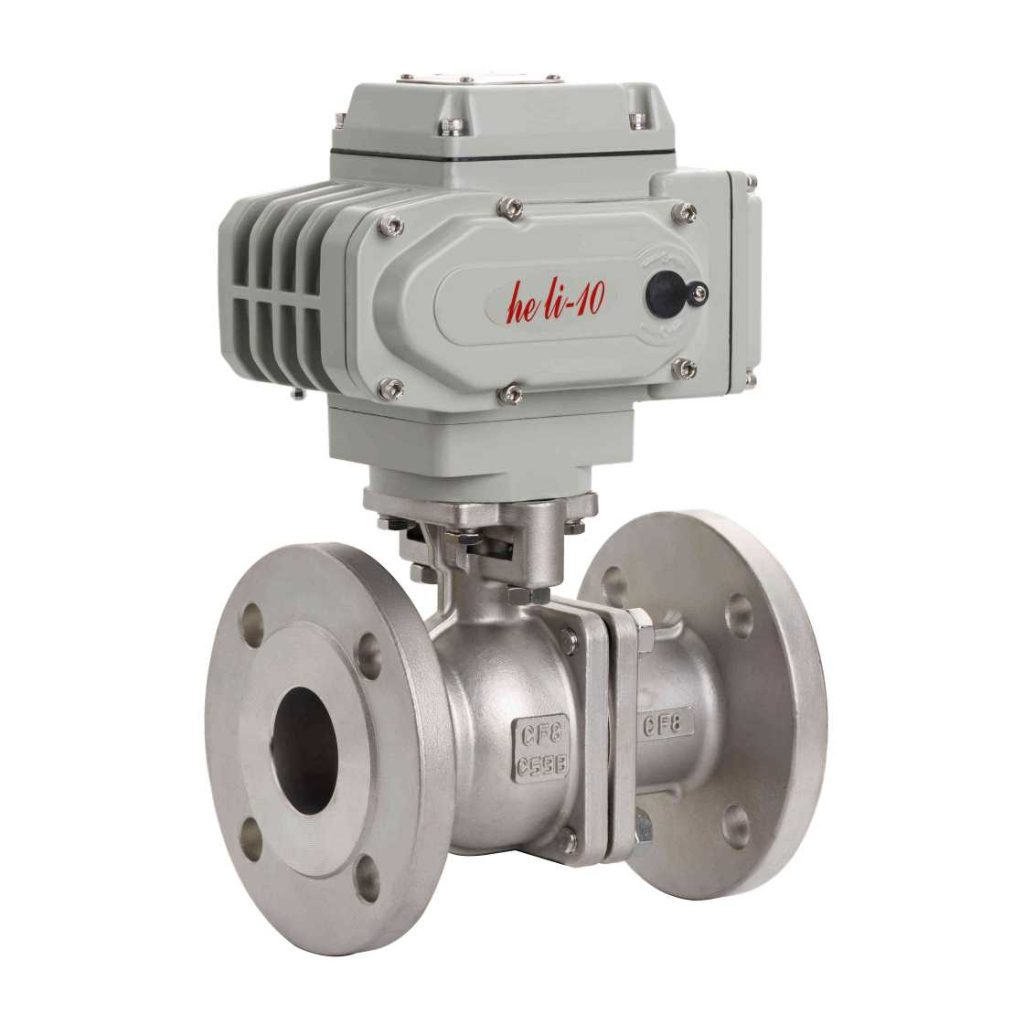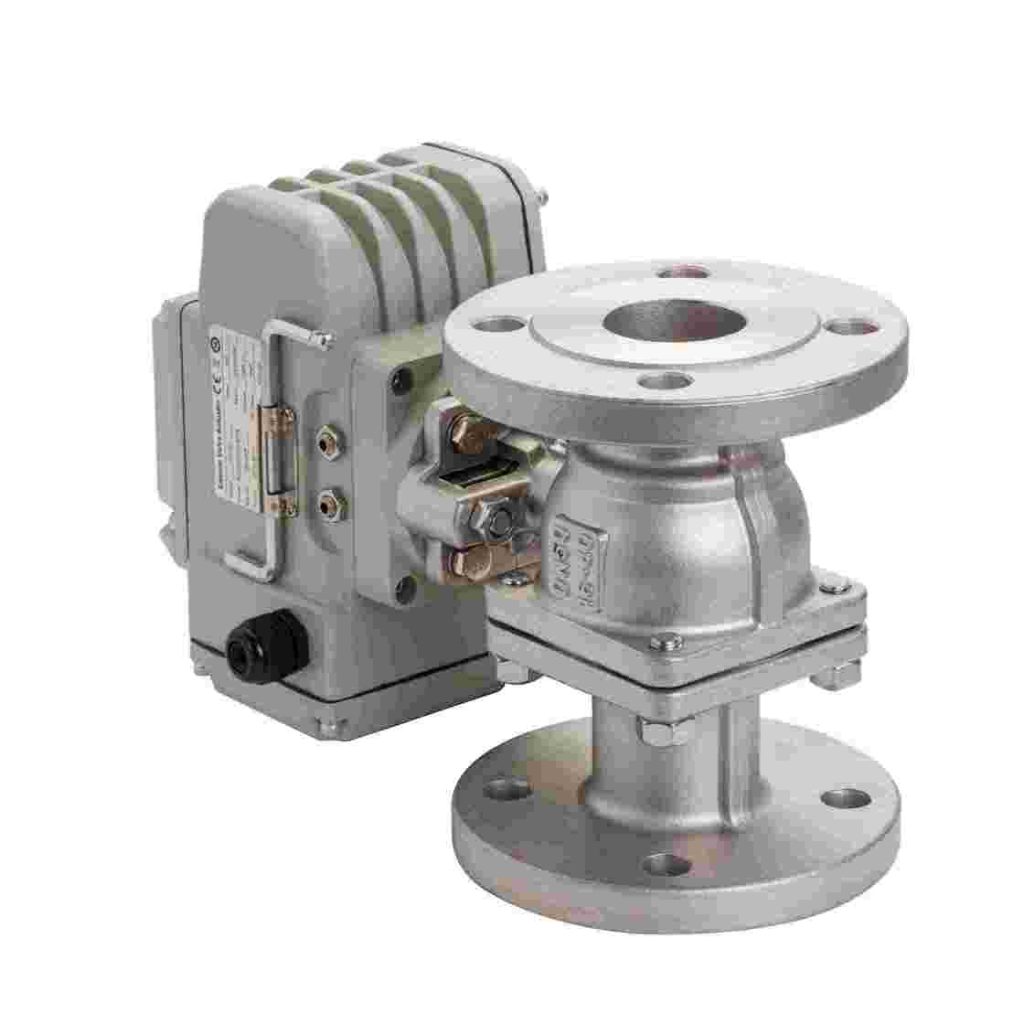Electric Stainless Steel Flange Ball Valves are critical components in modern industrial fluid control systems. These valves combine the robustness of stainless steel, the precision of ball valve mechanics, and the efficiency of electric actuators, making them ideal for applications where automation, durability, and reliability are paramount. In this article, we will explore the design features, working principle, benefits, and various applications of electric stainless steel flange ball valves.

Design and Construction

Electric Stainless Steel Flange Ball Valves are composed of several essential components, each designed to perform a specific function in fluid regulation. The core of the valve is the ball valve, which contains a spherical ball with a hole in the center. This ball rotates within the valve body, and when aligned with the pipe, it allows fluid to flow. When turned 90 degrees, the hole in the ball is no longer aligned with the flow path, effectively shutting off the flow of fluid. The stainless steel construction provides several advantages. Stainless steel is known for its resistance to corrosion, high temperatures, and wear, which ensures the valve remains functional in harsh environments such as chemical processing, oil and gas, and water treatment industries. The most commonly used stainless steel grades for manufacturing these valves are 304 and 316, with 316 offering superior resistance to aggressive chemicals and marine environments.
